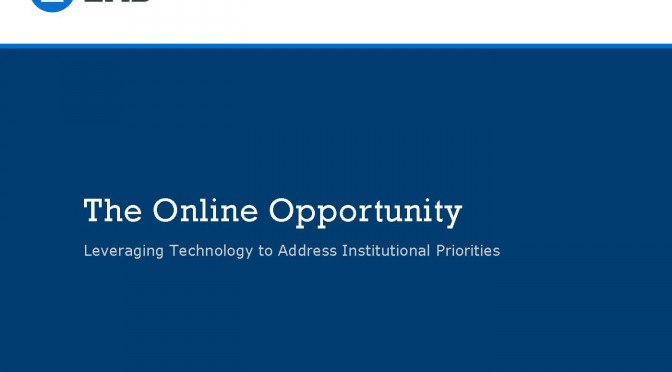“This brief, based on conversations with over 150 higher education leaders across North America, analyzes the fundamental forces that will shape higher education over the next decade and highlights the strategies and competencies that colleges and universities will need to be successful.”
“Over the past decade, universities were able to grow revenue primarily by growing enrollment and increasing net tuition per student. But demographic and economic changes will make it increasingly difficult for all but a handful of institutions to grow tuition revenue at historic rates. Despite rising access rates, demographic projections suggest that the number of high school graduates will decline over the coming decade, leading to a dramatic drop-off in the overall rate of enrollment growth.”
Key Takeaways:
- Nontraditional students will drive enrollment and revenue growth, not traditional student population (18-22 year olds).
- Need to invest in serving nontraditional students.
- Online and hybrid education can assist, but strategy should be driven by student needs, not external forces.
“Future Students, Future Revenues — Thriving in a Decade of Demographic Decline.” EAB report. April 13, 2014.
